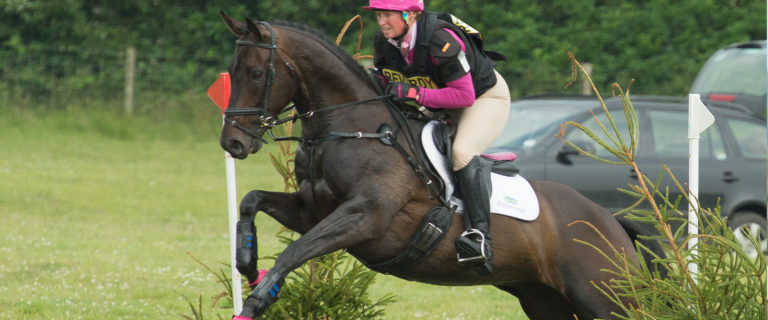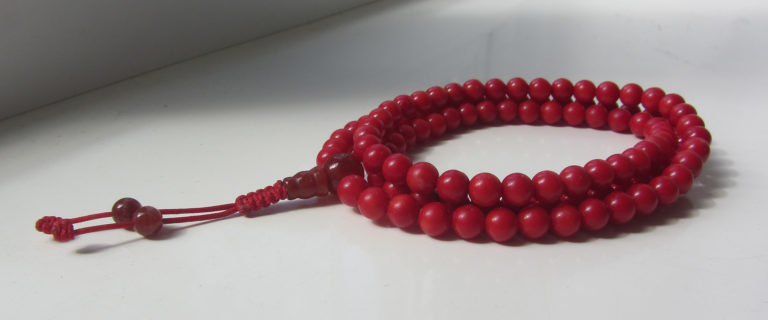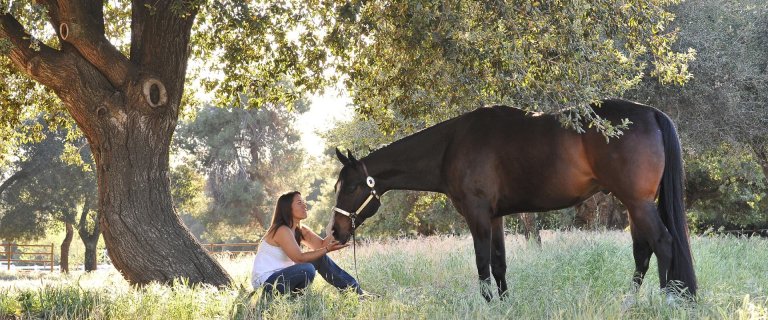Communicating With Your Horse
Every rider knows that when you’re nervous, your horse will pick this up and behave accordingly. You certainly won’t have the leader role, that’s for sure. Much of this can be attributed to pheromones which most animals can smell and know how to react to. Body language as you approach your horse also speaks volumes to the prey animal which in essence your horse still is. All of this is old school, conventional and safely rational.
The video below may take you way out of your comfort zone. I find it interesting though because, whereas ‘modern man’ may have lost its ability to ‘mentally’ communicate with animals, it’s very likely that horses still have that ability between themselves. Many competition riders embrace the principle of visualisation and actively use this in their dressage. Cross country is probably way too ‘wild’ to keep one’s mind still enough for visualisation. In a dressage setting, what is visualisation if not communication, a preview without words. Not unlikely that this type of ‘communication’ helps the rider as well as the horse. You’d be wrong to label all this as wishy washy, there is plenty of proper research to confirm that visualization and mental rehearsal improves athletic performance. [1,2,3]
‘There are more things in heaven and earth, Horatio, than are dreamt of in your philosophy’. What Anna Breytenbach -a former Silicon Valley corporate business analist- does in this video is silently forming a sentence in her head or a mental image and ‘simply’ projecting that, and she imagines it landing in the animal’s space. The technique she uses goes back to ‘tracking’ like most indigenous people around the world do. When she gets a response from an animal, it comes in that same universal language, Anna is gifted for being able to receive and interpret it. Top competition riders (pro golfers as well as other top athletes) know that it takes two things to make such communication happen, concentration or rather, emptying and quieting your mind and practicebecause this is a learned skill, a trained brain. You too can learn it, so, next time you see your horse, quiet your mind and land a sentence or mental picture in your horse’s space… Use it for what it is, a tool, not necessarily in the way Anna uses it, but how top equestrians use it.
If that’s not your cup of tea and your life is ‘busy busy busy stress stress stress’, then just for a moment pause to see what those mental sentences or pictures might do for your horse.
By the way, Jurg Olsen still is alive and well as the manager of Jukani Wildlife Sanctuary. So is Spirit.
Sample References:
1- Brouziyne M, Molinaro C. “Mental imagery combined with physical practice of approach shots for golf beginners.” Perceptual and Motor Skills. 2005 Aug;101(1):203-11.
2- Isaac, A. R. (1992). “Mental Practice- Does it Work in the Field?” The Sport Psychologist, 6, 192-198.
3- Martin, K.A., Hall, C. R. (1995). “Using Mental Imagery to Enhance Intrinsic Motivation.” Journal of Sport and Exercise Psychology, 17(1), 54-69.






